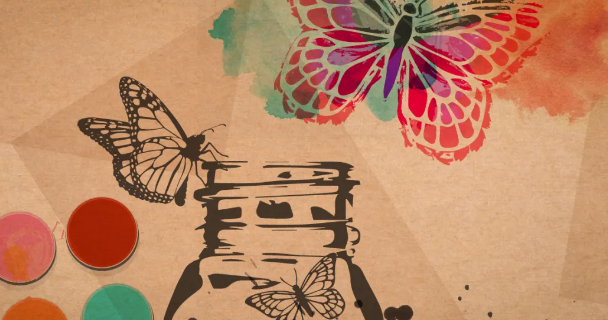Trauma can be difficult to navigate alone, but it can be equally difficult to speak about. Articulating your thoughts and feelings to others can be exhausting, and some people feel burdensome when trying to express their emotions.
Art therapy provides an unspoken outlet that can help alleviate these pent-up feelings, whilst still allowing the opportunity to share your feelings with others through a more creative medium. You don’t have to be an artist to take part, either. Anyone can try it, and there is no pressure to create anything aesthetic or logical, which can be even more therapeutic.
What exactly is art therapy?
Art therapy combines creative expression with traditional talk therapy, helping people to share their thoughts and feelings through painting, dance, music and more.
An art therapist will help you navigate your trauma, providing another outlet through which to share your thoughts alongside the creative process. Art therapists are not selective with their patients either – they can be especially helpful for children who have become withdrawn through trauma.
What are the benefits?
Art therapy provides many benefits, including improved cognitive and sensory-motor functions. By tapping into your creative side, you are actively improving the function of your brain and body, especially after carrying distressing feelings for so long.
Because trauma can be so damaging to the mind, memories are often suppressed, causing difficulty when trying to express yourself verbally. Art therapy can tap into these suppressed feelings, providing a way to express otherwise inexpressible thoughts, and this helps people to confront their trauma in a more comfortable way. Many people find the calmness of the creative process alone therapeutic.
While this article provides a brief insight into trauma informed practice training, we can’t possibly cover all the nuances of the subject. There are plenty of specialised trauma informed practice training courses online for anyone wanting to practise art therapy themselves.
Overall, expression through art therapy can provide a new perspective on your trauma – one you may not have been aware of – helping you to understand and confront it head-on.





